Remember when vacation meant rushing through a checklist of must-see attractions? A new wave of travelers is discovering that the most memorable experiences often come from slowing down and letting destinations reveal themselves naturally.
Here’s how 20 remarkable places are teaching visitors to embrace the art of unhurried exploration.
The Walking Villages of Cinque Terre
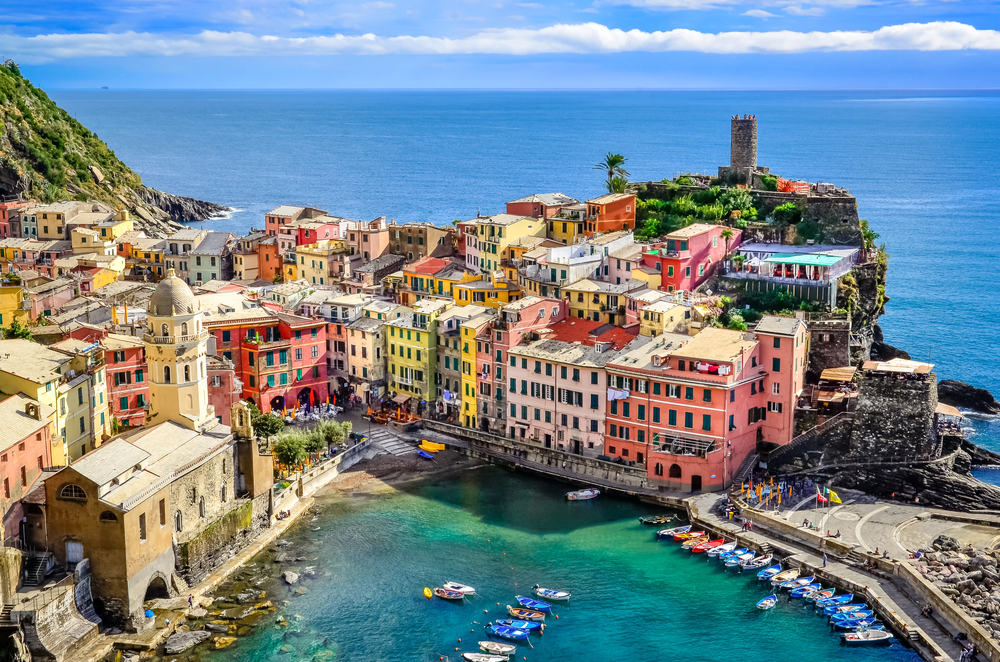
Along Italy’s rugged Ligurian coast, five ancient villages connected by footpaths offer a masterclass in slow travel. Locals still use the centuries-old network of trails for daily commutes between towns, stopping to tend to hillside vineyards or chat with passing neighbors as they have for generations.
The absence of cars forces visitors to adjust to the rhythms of walking life, where a journey between villages might take two hours but includes impromptu wine tastings and conversations with elderly farmers tending their olive groves. Each step along the ancient paths reveals new perspectives of the coastline, proving that the journey between destinations often matters more than the destinations themselves.
The Canal Life of Utrecht
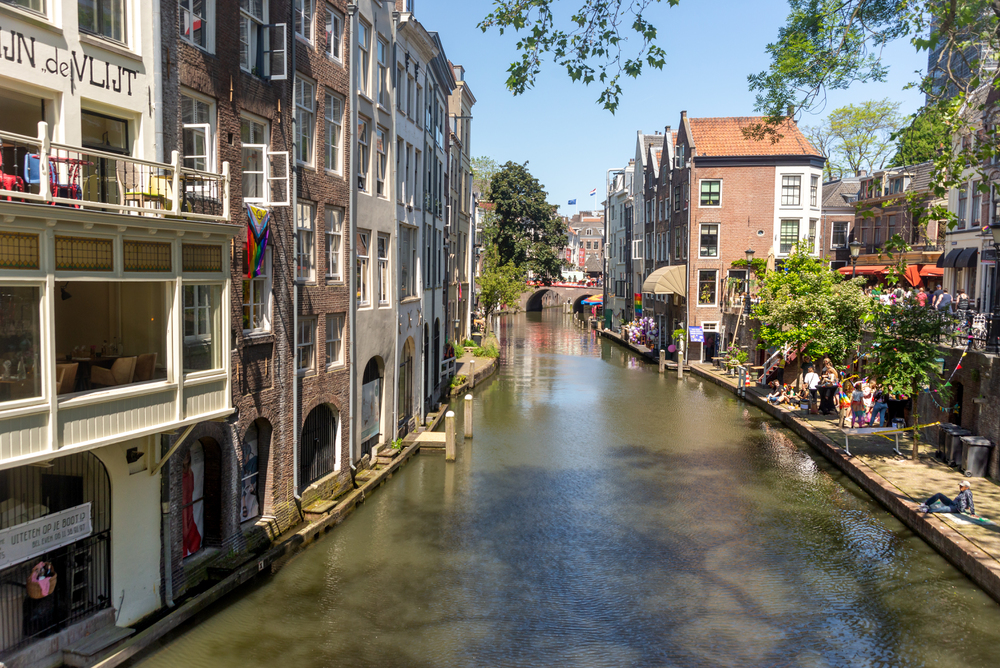
This Dutch city has preserved its medieval wharf system where residents live and work at the water level, creating a two-tiered city that rewards those who linger. Local families have maintained the tradition of dining alongside the canals, setting up impromptu restaurants that appear only when the weather permits.
The city’s unique double-deck canals allow visitors to explore both street level and water level simultaneously, with each perspective offering its own pace and character. Time seems to flow differently along these historic waterways, where centuries-old wine cellars have been transformed into cafes that encourage hours of peaceful contemplation.
Like Travel Pug’s content? Follow us on MSN.
The Mountain Monasteries of Luang Prabang
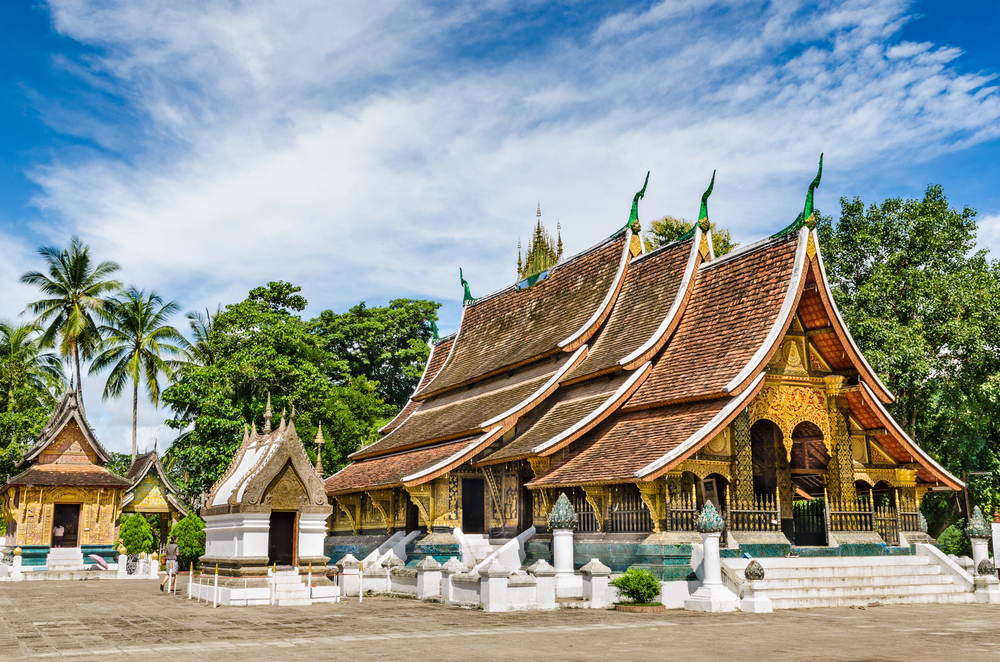
In this Laotian UNESCO site, the daily alms-giving ceremony sets a peaceful tempo that influences everything that follows. Local Buddhist traditions encourage visitors to spend extended time in each temple, allowing the intricate details of ancient murals to reveal their stories slowly.
The mountainous setting creates natural pauses in exploration as visitors adjust to the humidity and elevation, forcing a slower pace that allows for a deeper appreciation of the surroundings. Elderly residents still practice traditional crafts in open workshops, welcoming visitors to sit and observe their meticulous work for hours.
The Tea Gardens of Munnar
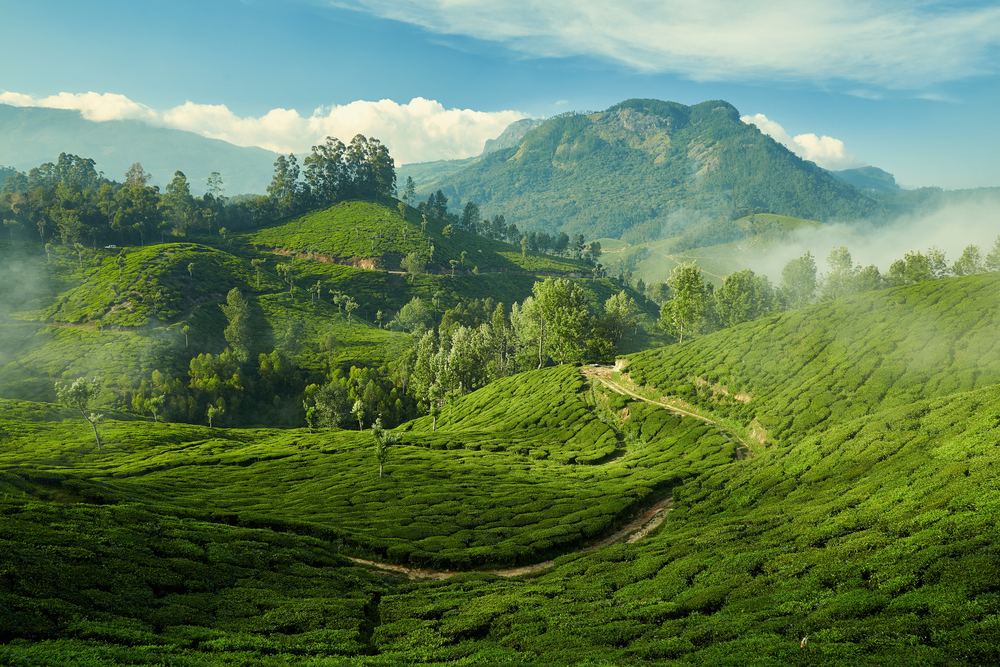
High in India’s Western Ghats, vast tea plantations create a landscape that can only be properly appreciated through unhurried exploration. Local tea pickers welcome visitors to join their early morning harvests, sharing generations of knowledge about the subtle differences between leaves and optimal picking conditions.
The region’s winding mountain roads naturally slow travel between destinations, creating opportunities for spontaneous stops at small tea processing facilities and family-run spice gardens. Misty mornings reveal the landscapes gradually, encouraging photographers and artists to spend hours watching the changing light play across the endless rows of tea bushes.
The Cave Towns of Cappadocia
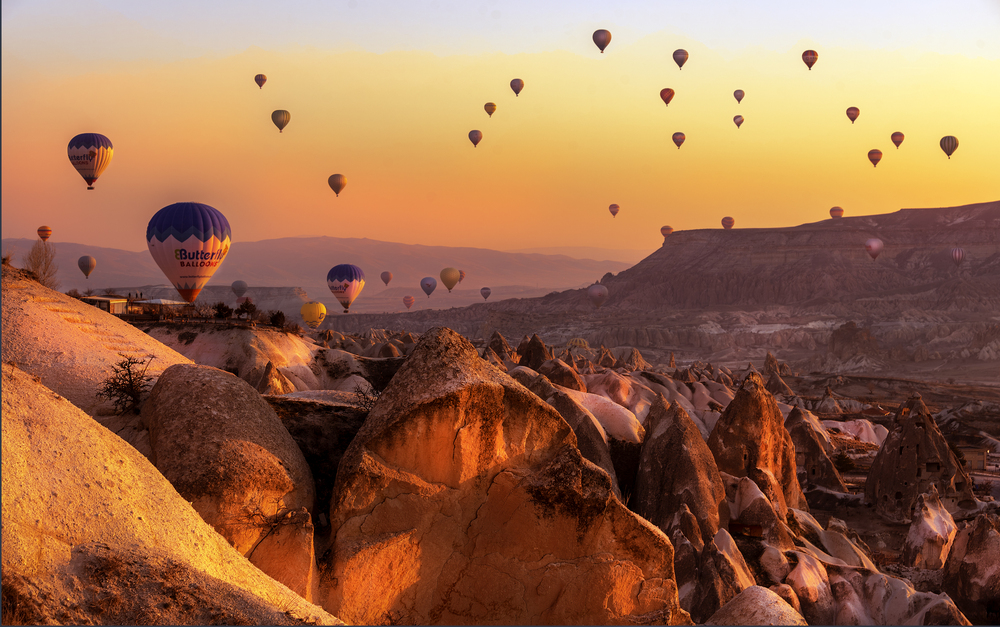
Turkey’s ancient cave dwellings reveal their secrets only to those who take time to understand their complex history. Local families who have lived in these rock-hewn homes for generations share stories of how each room was carved and adapted over centuries of use.
The intricate network of underground cities and churches requires days of gentle exploration to fully appreciate, with each visit revealing new details in the ancient frescoes and rock-cut architecture. The region’s famous hot air balloons offer a daily reminder to rise early and move slowly, as the best experiences often come with the first light.
Like Travel Pug’s content? Follow us on MSN.
The Fjord Communities of Geirangerfjord
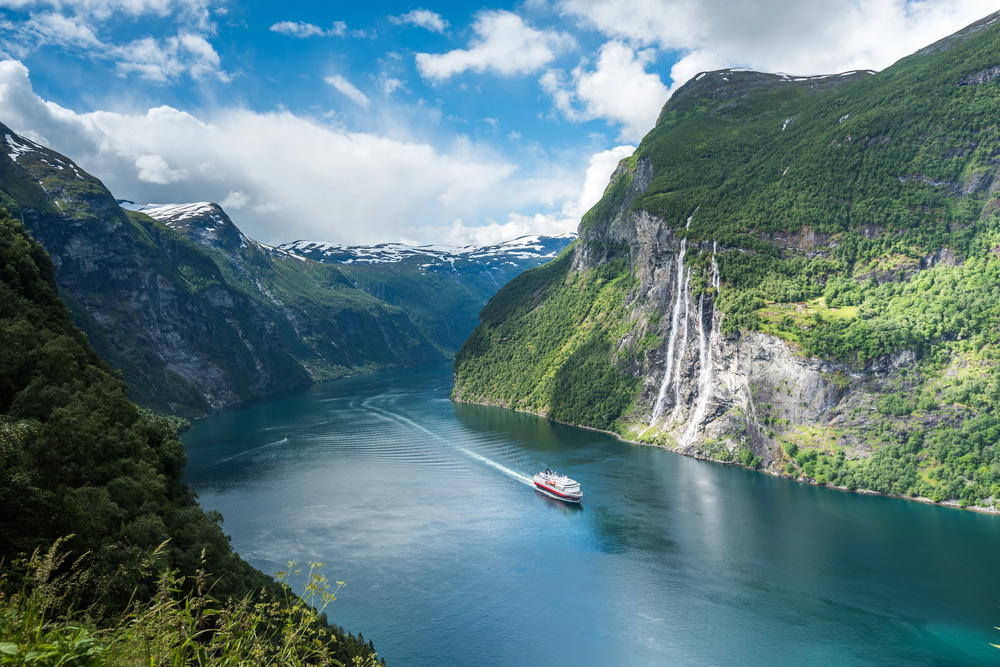
Along Norway’s most famous fjord, abandoned farm clusters clinging to cliff faces tell stories of a time when slow movement was the only option. Contemporary residents maintain a similar pace, using small boats to transport goods and visit neighbors just as their ancestors did centuries ago.
The dramatic landscape naturally limits travel speed, with narrow roads and weather conditions demanding careful, unhurried progress. Seasonal changes transform the fjord dramatically, encouraging visitors to stay longer and witness the evolving relationship between land and water.
The Rice Terraces of Banaue
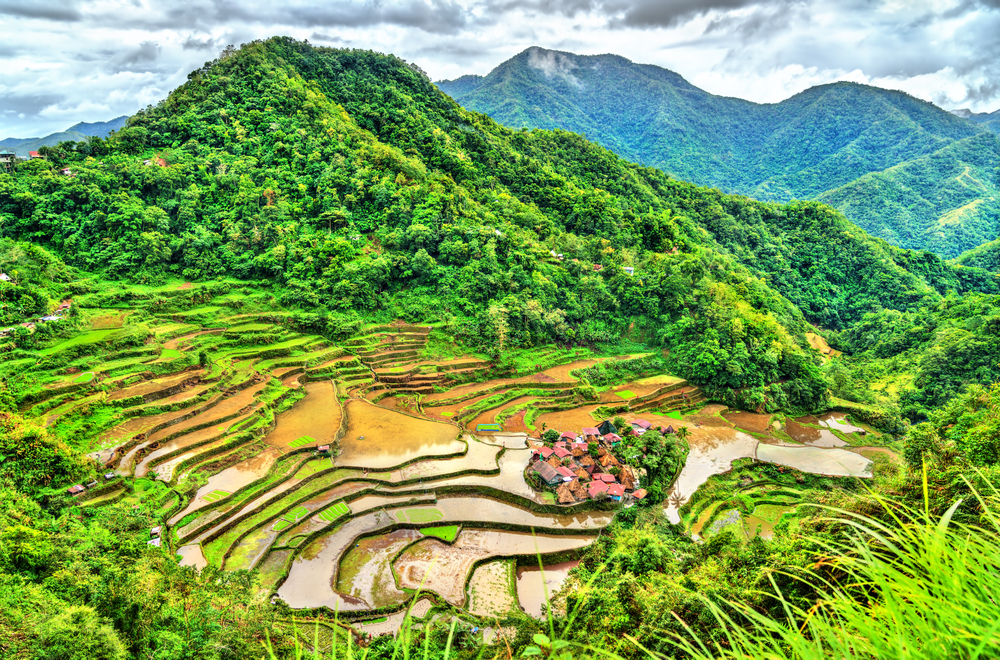
In the Philippines’ Cordillera mountains, ancient rice terraces demonstrate how landscapes shaped by centuries of patient cultivation demand equally patient exploration. Local farmers still use traditional agricultural techniques that follow the natural rhythm of seasons, welcoming visitors to participate in planting and harvesting rituals.
The complex irrigation systems that feed these UNESCO-listed terraces can only be understood through careful observation and extended conversations with village elders. Morning mists reveal the terraces gradually, encouraging photographers to return to the same viewpoints day after day as changing light transforms the landscape.
The Marsh Arabs of Al-Ahwar
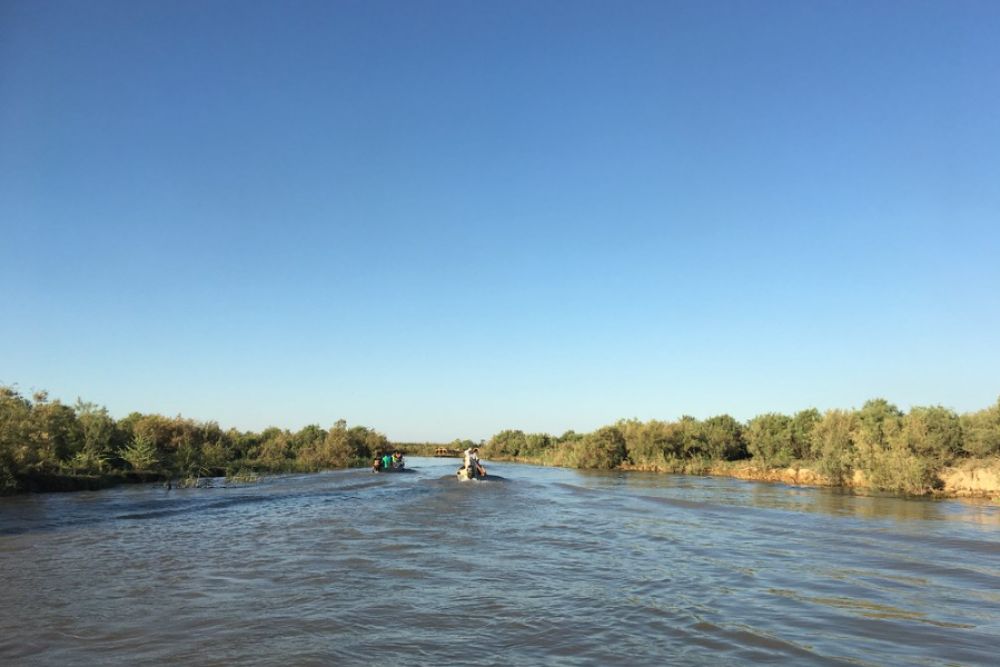
In Iraq’s southern marshlands, communities living on artificial islands maintain a way of life that moves at the speed of growing reeds. Local families build their homes and boats from these reeds, a process that visitors can observe and participate in over several days.
The maze-like waterways between settlements can only be navigated slowly, with each journey revealing new aspects of this unique ecosystem. Traditional fishing methods and reed-gathering techniques passed down through generations require patience to learn and appreciate fully.
Like Travel Pug’s content? Follow us on MSN.
The Cloud Forest Communities of Monteverde
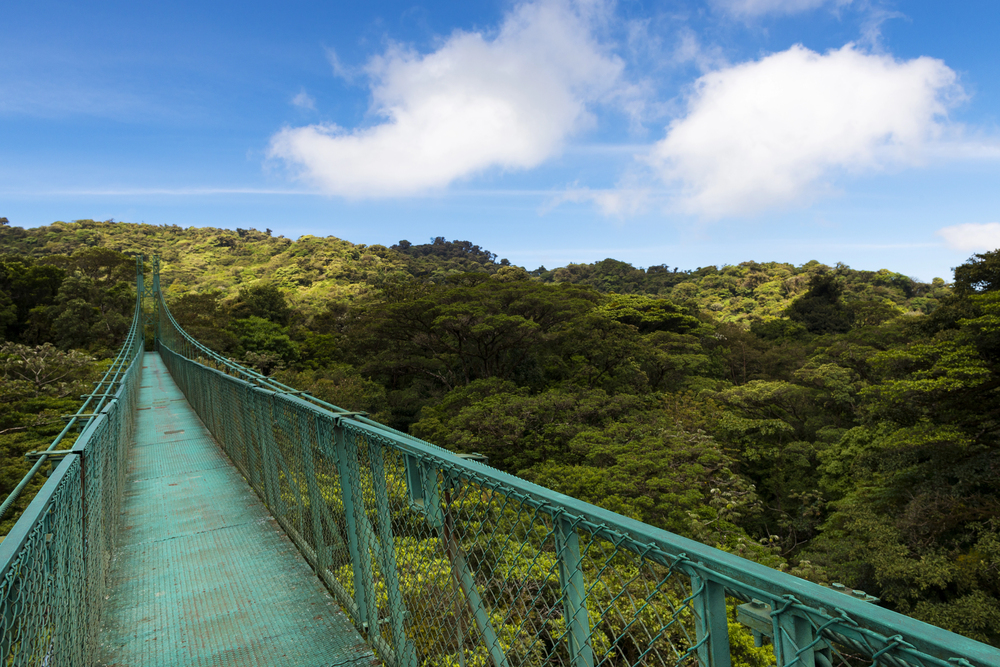
Costa Rica’s famous cloud forest reserve teaches visitors to slow down and observe the subtle movements of its unique ecosystem. Local naturalists have developed special night walking tours that can last for hours as groups pause to observe the forest’s nocturnal residents.
The complex relationships between plants, animals, and insects in this delicate environment only become apparent after days of careful observation. Morning mist creates natural pauses in exploration as visibility changes, encouraging visitors to spend more time in each location.
The Desert Oases of Siwa
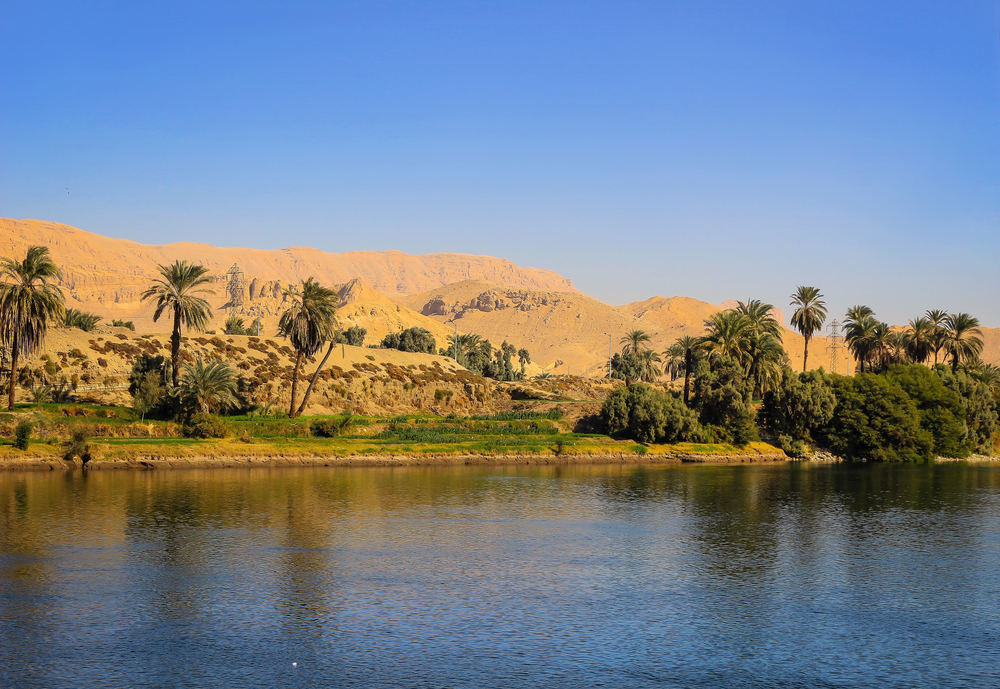
This Egyptian oasis demonstrates how desert life naturally enforces a slower pace of exploration and appreciation. Local Berber communities maintain traditional agricultural practices that require careful water management, inviting visitors to understand their complex irrigation systems.
The harsh desert climate creates natural rhythms of activity and rest, with early mornings and late afternoons being the best times for exploration. Ancient mud-brick architecture slowly reveals its secrets, with each visit to a historical site showing new details in the changing desert light.
The Hill Stations of Darjeeling
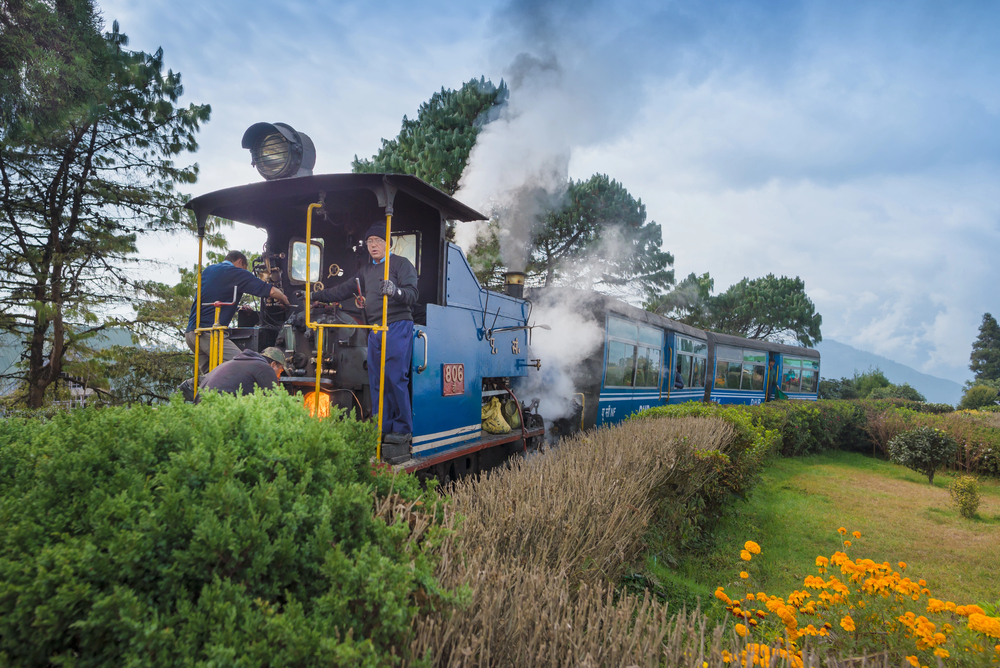
India’s famous tea-growing region still operates on the unhurried schedule of its colonial-era narrow-gauge railway. Local tea estates welcome extended visits, with experts demonstrating the patient art of tea tasting and appreciation over several hours.
The mountain climate creates natural breaks in activity as afternoon mists roll in, encouraging visitors to settle into the rhythm of long conversations over freshly brewed tea. Traditional handicraft workshops invite visitors to observe the meticulous process of creating local textiles and artwork.
Like Travel Pug’s content? Follow us on MSN.
The Island Life of Lamu
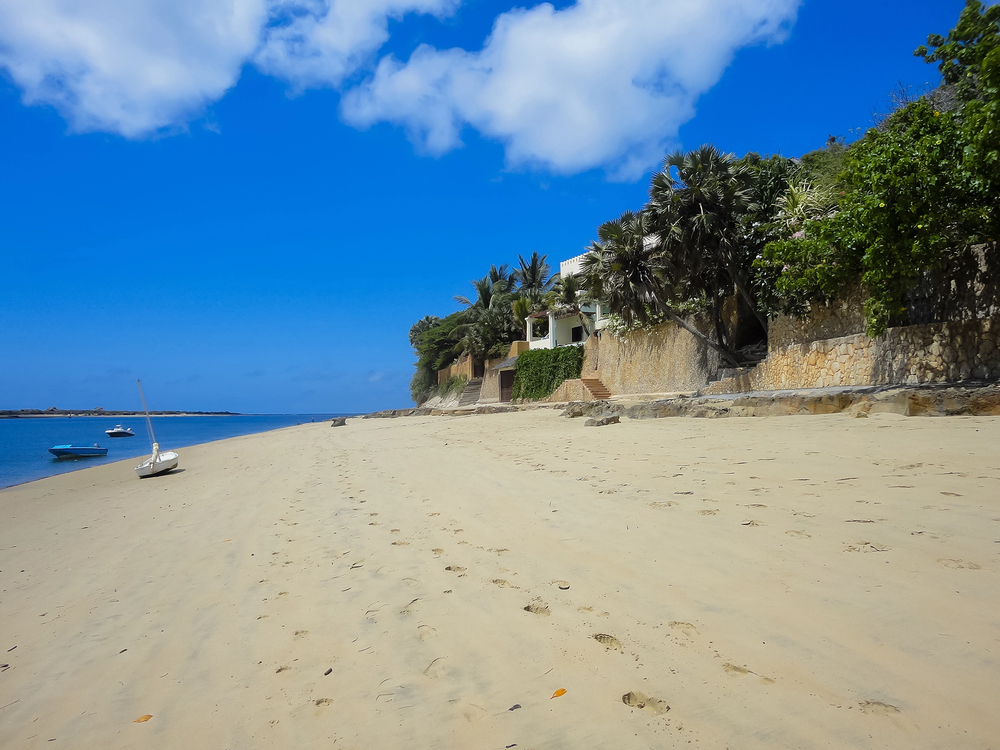
Kenya’s oldest continuously inhabited Swahili settlement operates without cars, forcing visitors to adjust to the rhythm of dhow sailboats and donkey transport. Local artisans still build traditional wooden boats using methods unchanged for centuries, welcoming observers to their waterfront workshops.
The narrow streets of the old town reveal their architectural details only to those who take the time to explore every alley and courtyard. The island’s famous doorways, each uniquely carved, provide endless opportunities for peaceful contemplation and photography.
The Mountain Villages of Mustang
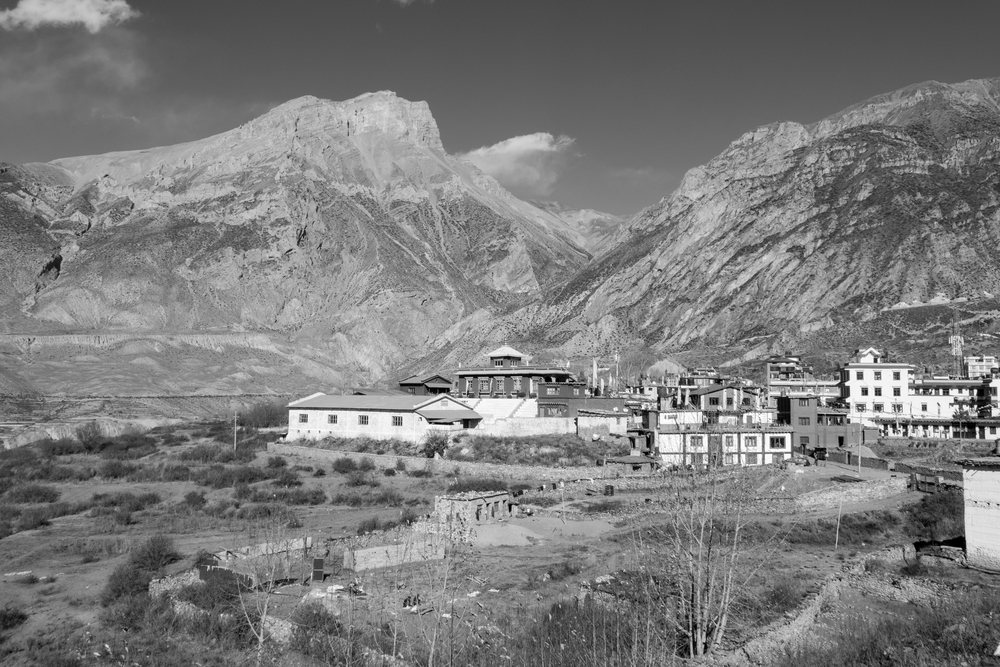
Nepal’s ancient kingdom, hidden in the rain shadow of the Himalayas, reveals its secrets only to those who travel at the pace of local caravans. Traditional mud-brick homes decorated with intricate Buddhist murals require hours of careful observation to appreciate their artistic details fully.
The high altitude naturally slows movement, creating opportunities for extended stays in villages where ancient traditions remain unchanged. Local monasteries welcome visitors to observe and participate in daily rituals that have continued uninterrupted for centuries.
The River Life of the Mekong Delta
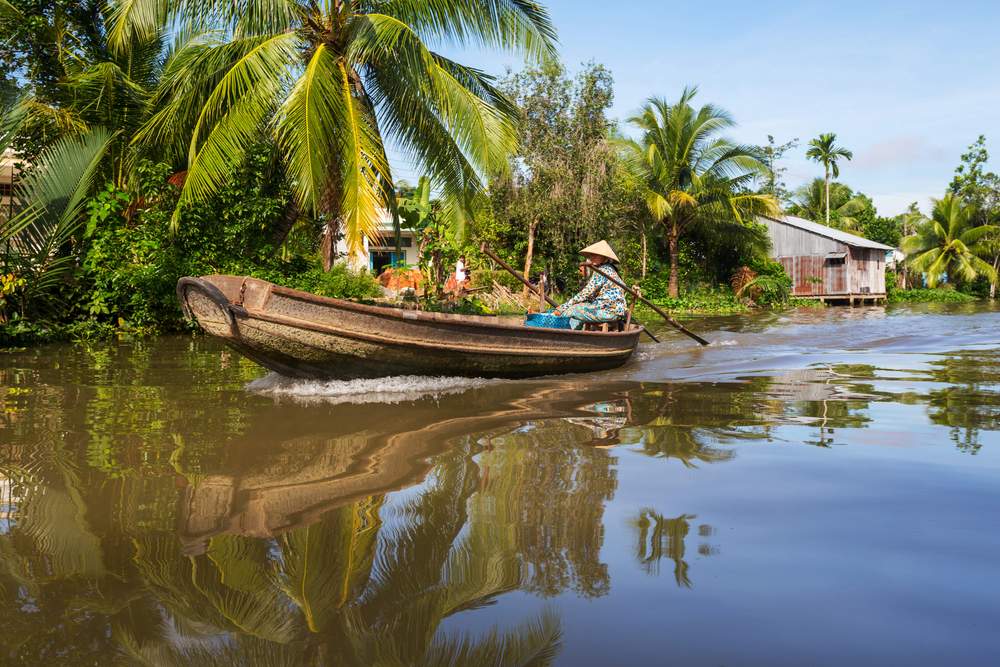
Vietnam’s maze of waterways demonstrates how river-based communities operate on their unique timeline. Floating markets appear before dawn and evolve throughout the day, rewarding visitors who return multiple times to observe the changing activity.
Local families welcome guests to observe the preparation of traditional foods and crafts, processes that often take days to complete properly. The rhythm of tides and seasonal floods creates natural patterns that influence every aspect of daily life.
Like Travel Pug’s content? Follow us on MSN.
The Forest Communities of Daintree
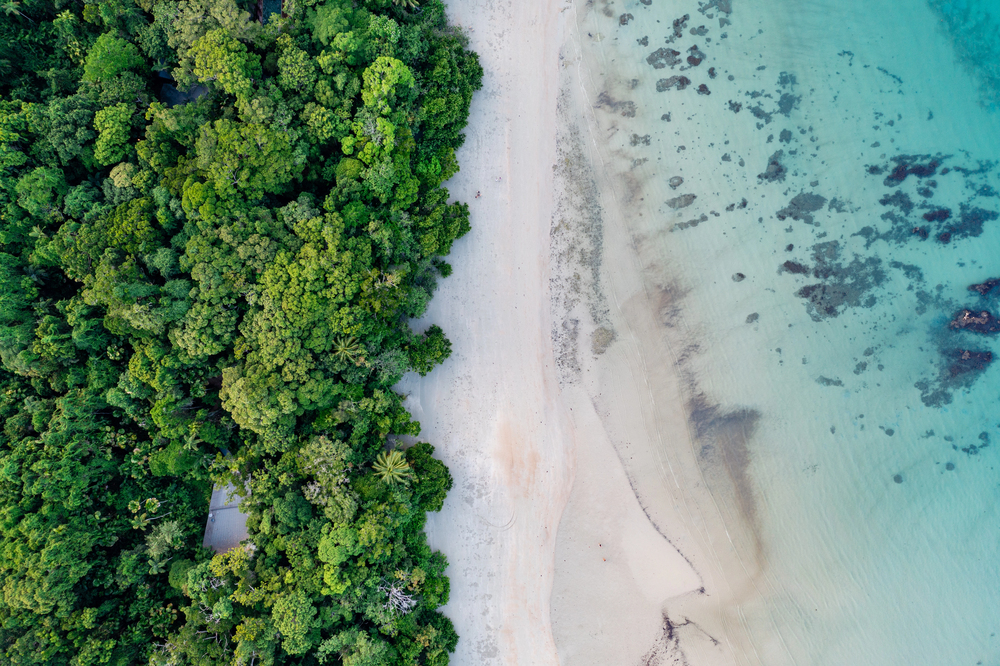
Australia’s ancient rainforest teaches visitors to explore at the pace of its indigenous guardians, the Kuku Yalanji people. Local guides share knowledge passed down through generations, demonstrating how proper understanding of the forest requires patient observation and respect.
The complex relationships between plants, animals, and seasonal changes become apparent only after extended time spent in the same locations. Traditional bush tucker walks reveal how proper foraging requires careful attention to subtle details in the landscape.
The Volcanic Villages of Aeolian Islands
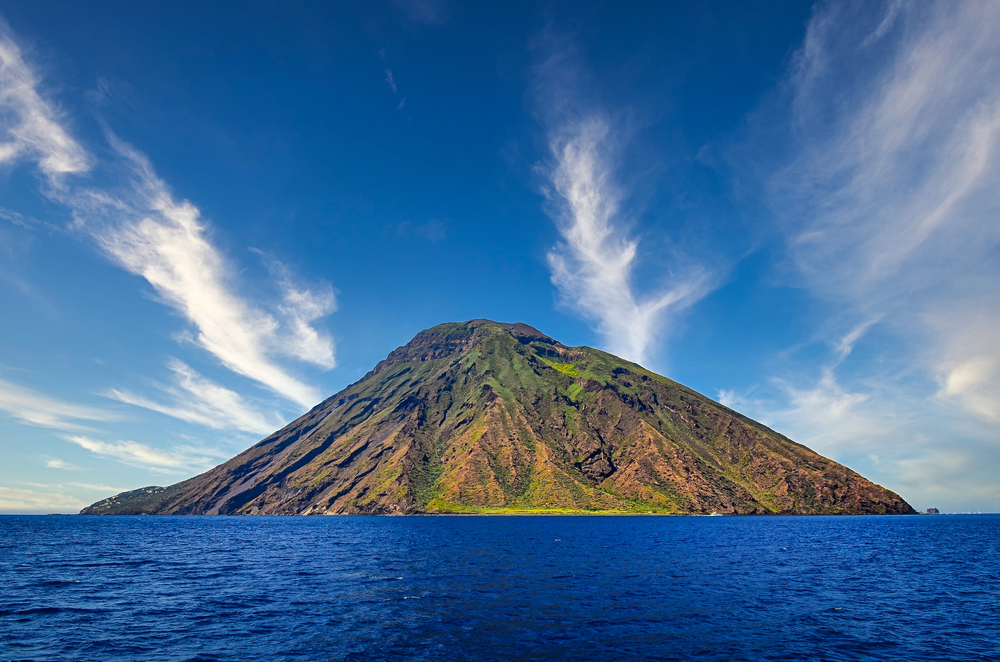
Off Sicily’s northern coast, communities shaped by active volcanoes demonstrate how nature sets its own pace for exploration. Local fishermen maintain traditional practices that follow the rhythm of volcanic activity and maritime weather patterns.
The islands’ network of ancient mule paths requires unhurried exploration, with each trail revealing new perspectives of the volcanic landscape. Evening gatherings in village squares follow age-old social patterns that encourage long conversations and shared meals.
The Steppes Life of Mongolia
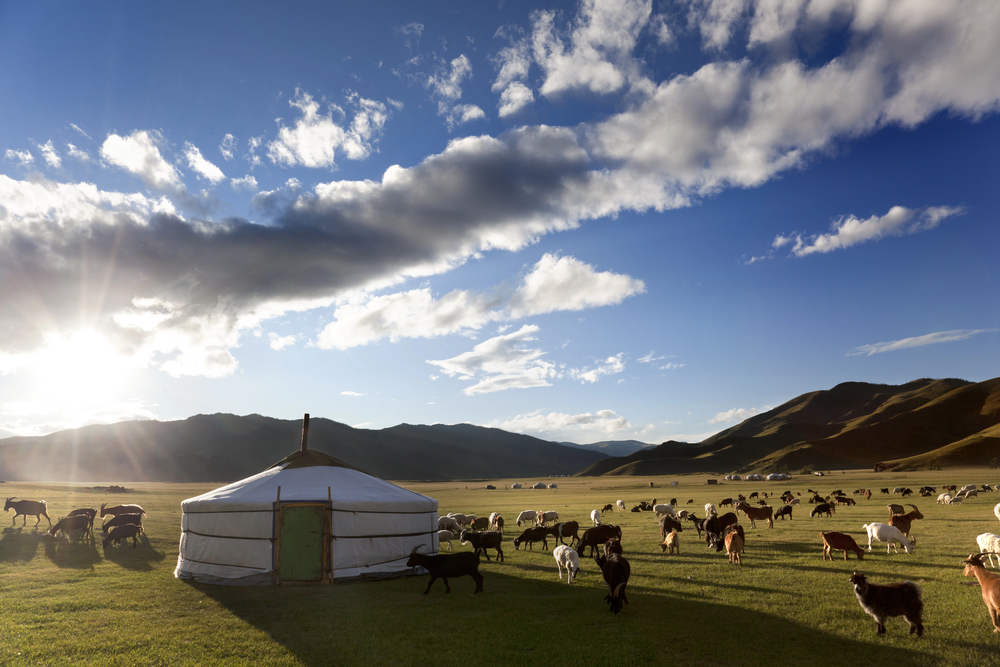
In the vast grasslands, nomadic communities teach visitors how distance and season naturally dictate the pace of life. Traditional ger camps welcome extended stays, allowing guests to observe and participate in daily activities that follow the rhythm of livestock and weather.
The preparation of traditional foods and crafts requires days of patient work, with each step following time-honored methods. The endless horizon encourages contemplation and adjustment to a lifestyle where time is measured by natural events rather than clocks.
Like Travel Pug’s content? Follow us on MSN.
The Canal Towns of Suzhou
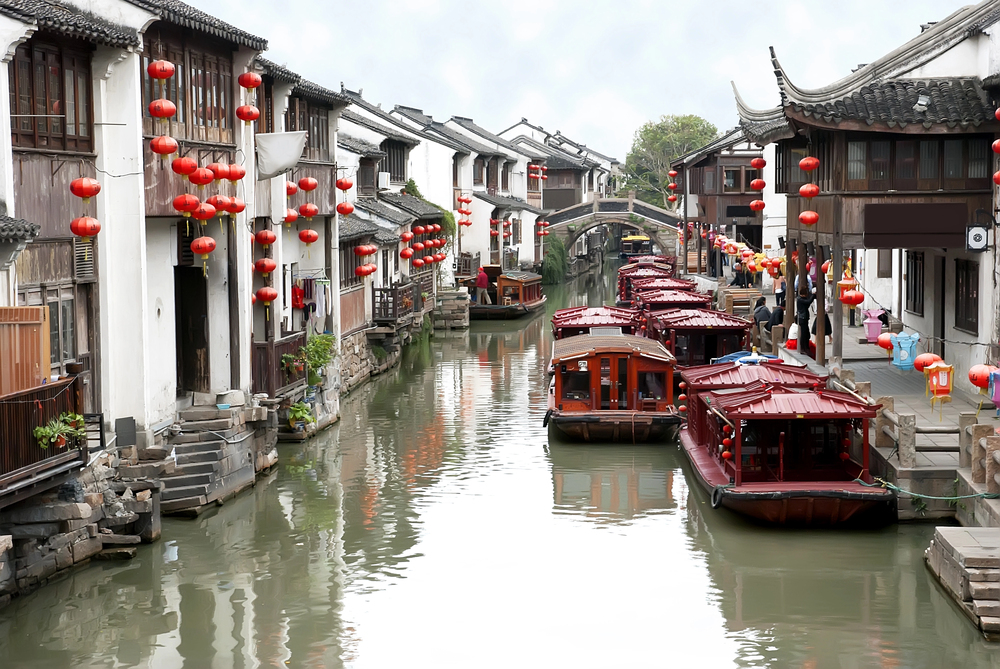
China’s ancient water towns demonstrate how traditional canal life creates its own peaceful rhythm of exploration. Local artisans still practice traditional silk embroidery and garden design, processes that require hours of patient observation to appreciate fully.
The network of canals and bridges reveals different aspects depending on the time of day and season, encouraging repeated visits to familiar locations. Traditional teahouses welcome extended visits, with each tea service following careful protocols that encourage unhurried appreciation.
The Mountain Retreats of Bhutan
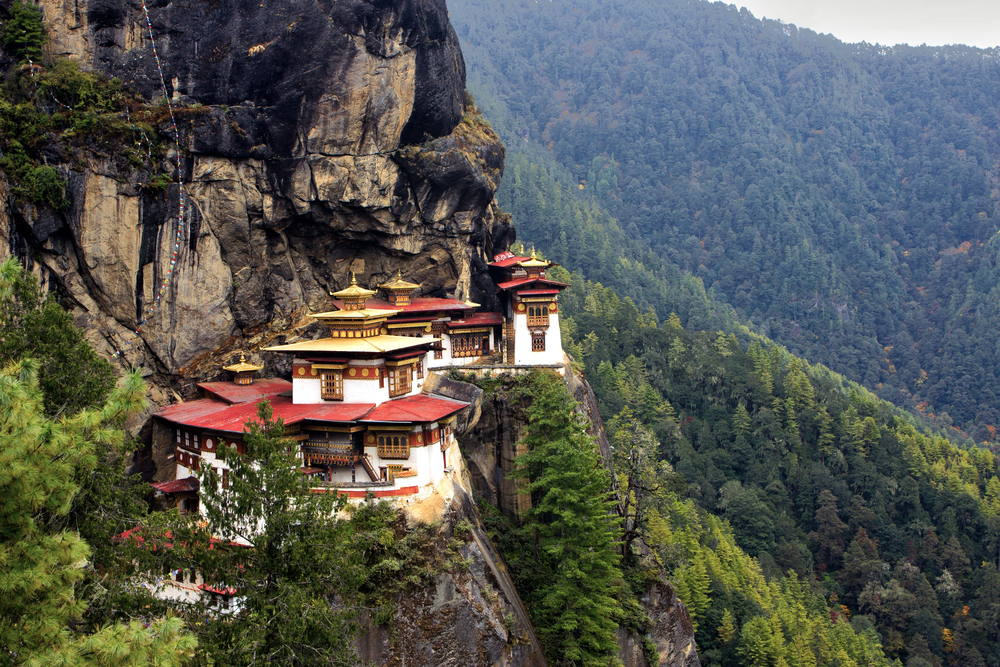
This Himalayan kingdom’s famous policy of Gross National Happiness naturally encourages slower, more mindful travel. Local monasteries welcome visitors to observe and participate in daily rituals that have continued unchanged for centuries.
The challenging mountain terrain creates natural pauses in journeys, allowing time for extended stays in villages where traditional crafts and customs thrive. Buddhist philosophies of mindfulness influence every aspect of daily life, encouraging visitors to adopt a more contemplative pace.
The Desert Communities of Thar
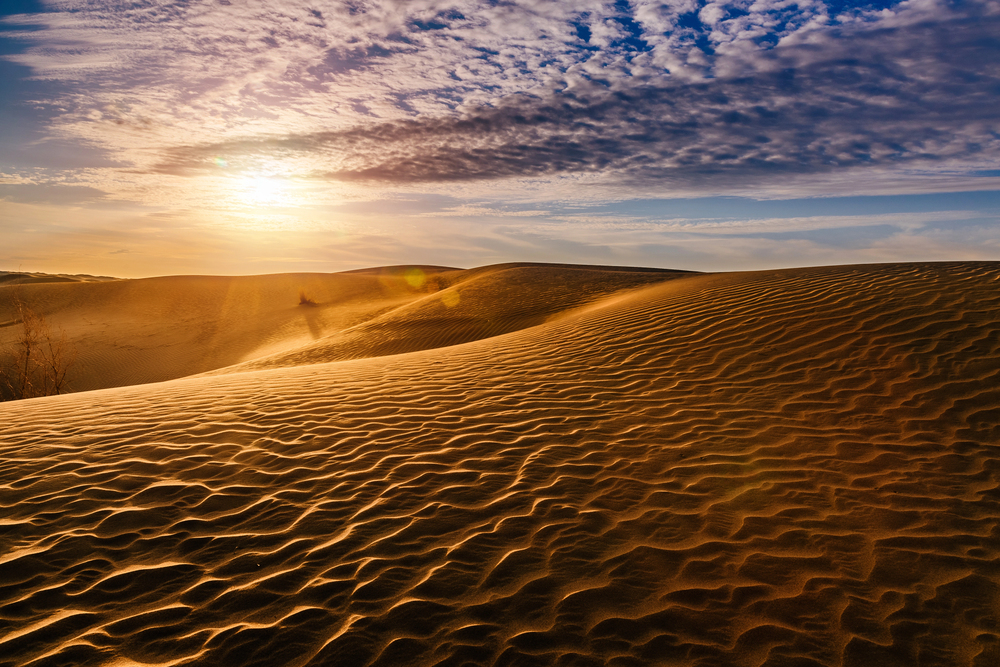
India’s great desert reveals its cultural richness only to those who travel at the speed of traditional camel caravans. Local villages welcome extended stays, allowing visitors to observe the intricate process of creating traditional textiles and crafts.
The harsh desert climate creates natural rhythms of activity and rest, with early mornings and late afternoons being prime times for exploration. Ancient water management systems demonstrate how desert life requires a patient understanding of the landscape.
Like Travel Pug’s content? Follow us on MSN.
Slow Travel, Deeper Connections
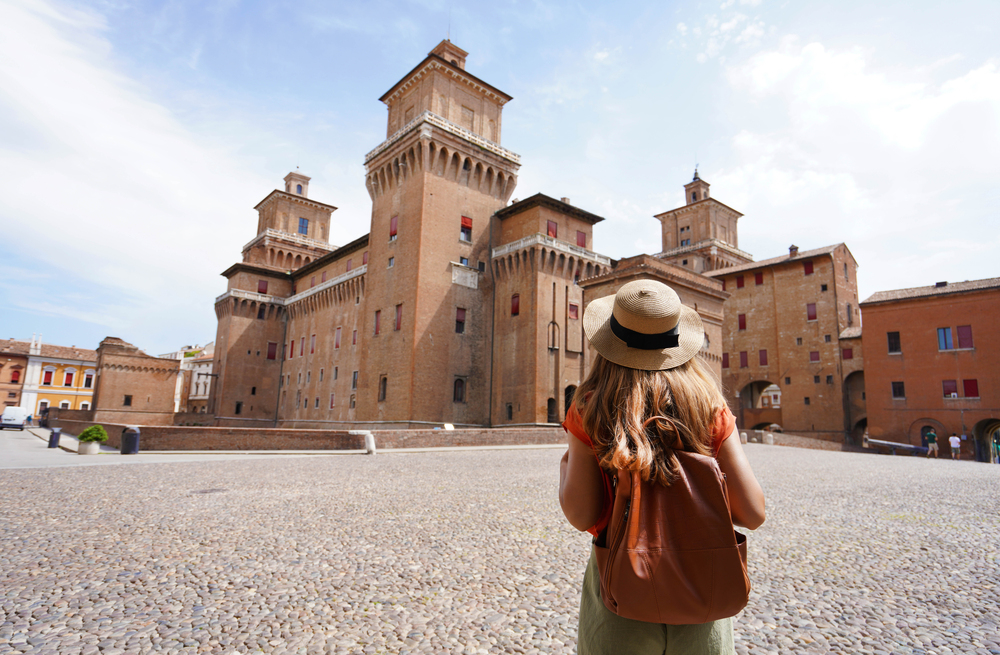
As these destinations demonstrate, meaningful travel experiences often emerge from accepting and embracing a slower pace of exploration. These communities prove that rushing through a destination often means missing its most profound offerings and authentic connections.
Their success in maintaining traditional rhythms offers inspiration for other locations looking to preserve their cultural heritage while welcoming visitors. The future of meaningful travel may well lie in these places where time moves more slowly, allowing for deeper understanding and more authentic experiences.
More from Travel Pug

- 15 Dangerous European Cities to Avoid
- 15 Caribbean Islands Where Tourists Keep Getting Scammed
- The 20 Most Fascinating Abandoned Places: A Journey Through Time and Forgotten Spaces
- 15 Hidden Places in the Smithsonian Museums Locals Love: A Guide to Lesser-Known Treasures
- 16 Hidden Florida Beach Towns That Aren’t Overrun with Tourists
Like Travel Pug’s content? Follow us on MSN.
